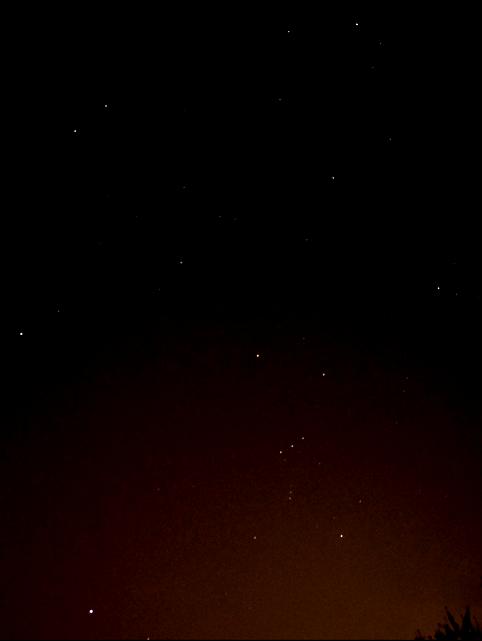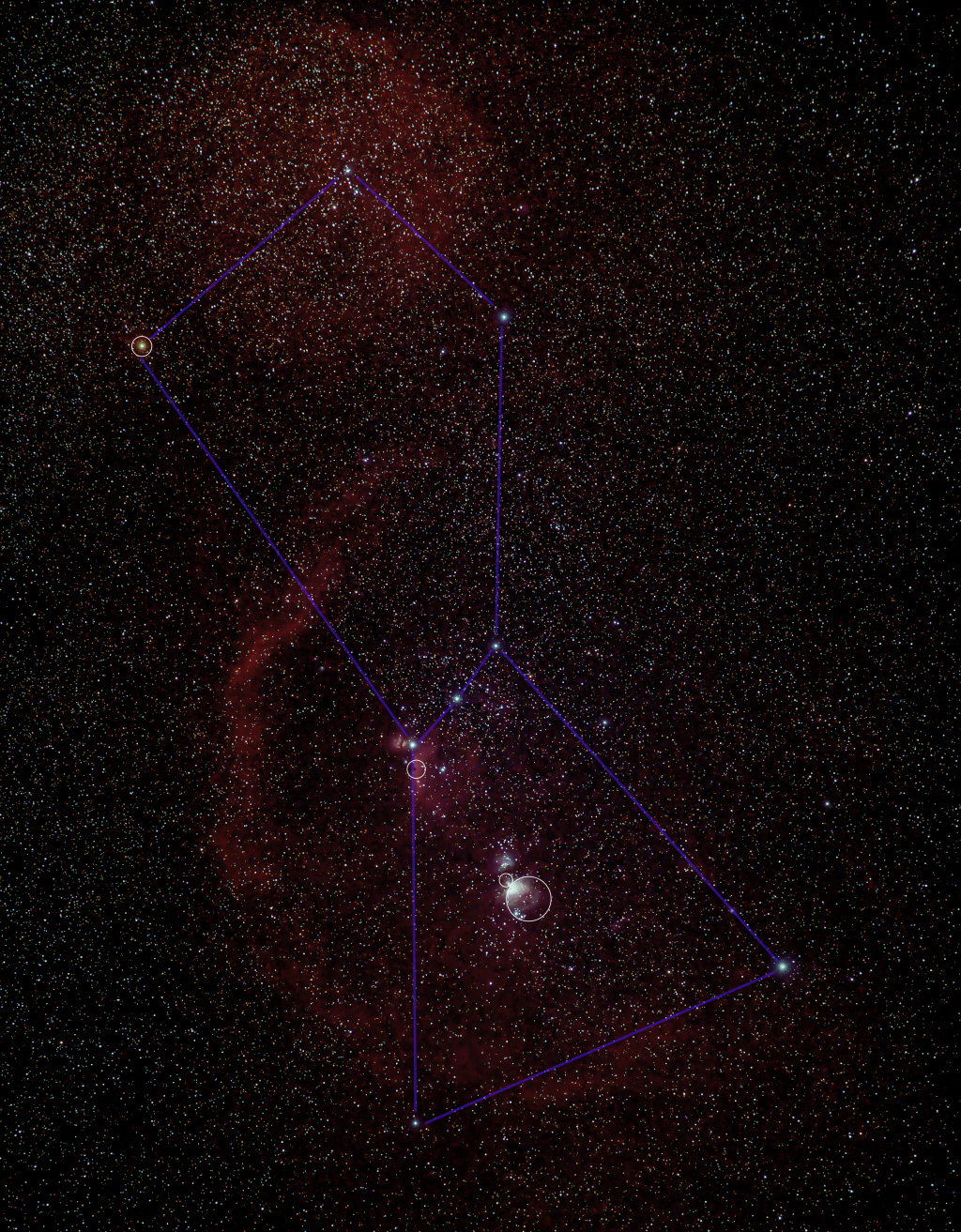A joint contribution by Werner Wöhrmann, Dr. Gerold Holtkamp, Thomas Grunge and
Dr. Achim Tegeler, February 23, 2024
Inspired by our astro colleague Werner Wöhrmann, we want to gradually take a closer look at various interesting objects of different constellations, their individual aspects and their often overlooked peculiarities.
There are many impressively beautiful images of astronomical objects that can be found in the night sky. Thanks to the rapid development of digital photography and computer technology, these images are now also feasible for amateurs. In addition, the telescope technology, which is also necessary, is now available at reasonably affordable prices, so that the undoubtedly stunning images from the Hubble or the James Webb Space Telescope are not the only images worth taking a closer look at.
Because these pictures are not only beautiful, but also contain a lot of interesting information that is often not even discussed in magazines and websites. You see stars, you see colors, you see shapes and structures. But what exactly do you see?
A great deal has already been researched about astronomical objects. If you delve into good photos of such objects, such an astro image can become a real "novel" of the correspondingly depicted region of space. You get a deeper, more comprehensive view and a better understanding of why the objects on display look the way they do at this point in time and how they will develop. So a shot like this can become a journey through space and time if you get involved with it.
That's exactly what we want to do here – a journey to the constellation Orion.
For spatial orientation an overview photo of the region serves as an overview, and the individual, selectable objects are discussed in more detailed descriptive articles.
The Orion constellation
represents an asterism composed of six stars from six different constellations. It consists of the very bright stars Capella in the constellation Auriga, Aldebaran in Taurus, Rigel in Orion, Sirius in Canis Majoris, Procyon in Canis Minor and Pollux in Gemini – in the sky, these stars form a beautiful hexagon, in the middle of which Orion can be found.

The Winter Hexagon above Osnabrück (Infos on mouseover - Photo: Achim Tegeler)
The constellation Orion itself is made up of clearly visible, bright stars that make the "sky hunter", as the constellation is also called, easily recognizable.

Overview of the constellation Orion (click on objects for more information – Photo: Thomas Grunge)
The shoulders of the sky hunter are formed by the stars Betelgeuse and Bellatrix. Betelgeuse is a very interesting red supergiant with about 700 to 1100 times the diameter of the Sun (the literature varies considerably), a luminosity between 7,500 and 14,000 times the luminosity of the Sun and a mass between 16.5 and 19 solar masses. [1]
Contrary to what one would expect, Betelgeuse is only about 10 million years old and consumes its fusion mass much faster than our Sun – the star will therefore reach its "end of life" much faster than our Sun. Presumably, Betelgeuse will explode in a supernova and end up in a neutron star or even a black hole. However, the currently available data do not suggest that this will happen in the next 100,000 years. Presumably, the supernova of Betelgeuse will not occur for another 1.5 million years. [2]
Bellatrix is not part of the Orion Association and is considerably closer to us at a distance of only 250 light-years. It is a bluish giant star belonging to the spectral class B2. [3]
The foot stars of Orion consist of Rigel and Saiph . Contrary to what the name Beta Orionis for Rigel suggests, Rigel is actually the brightest star in the constellation Orion, while Alpha Orionis (Betelgeuse) is only the second brightest. Rigel is a multiple system. The components A-B/C can already be seen as binary stars in small telescopes. Component A is a blue giant star belonging to the spectral class B8.
Striking and easily recognisable are the three belt forming stars Alnitak, Alnilam and Mintaka.
Alnitak is a multiple star system. Component A is a tight (spectroscopic) Double Star the nature of which was discovered only in 2000. [4]
The main component, the star Aa, is a blue supergiant of the class O9. Component B can be visually separated from A even in smaller telescopes.
Alnilam is also a blue supergiant of the spectral class B0. It is described as being about 1900 light-years away, which would be significantly farther away than Orion's other stars.
The western belt star Mintaka is a multiple system and belongs to the open star cluster Collinder 70, to which Alnitak also belongs. Like Alnilam, it is a blue giant star of class B0.
Here you can find further contributions concerning Orion objects:
- De Mairan's Nebula - M 43
- The Horsehead Nebula in Orion - B33
- The star Betelgeuse - a Red Supergiant
- The Orion Nebula – M42
Sources:
[1] [https://iopscience.iop.org/article/10.3847/1538-4357/abb8db/pdf]
[2] [https://science.nasa.gov/missions/hubble/what-is-betelgeuse-inside-the-strange-volatile-star/]
[3] Spectral classes https://en.wikipedia.org/wiki/Stellar_classification


